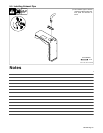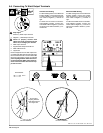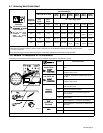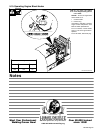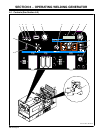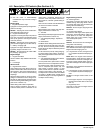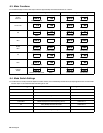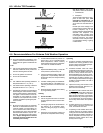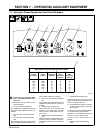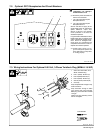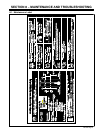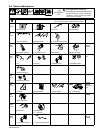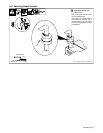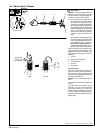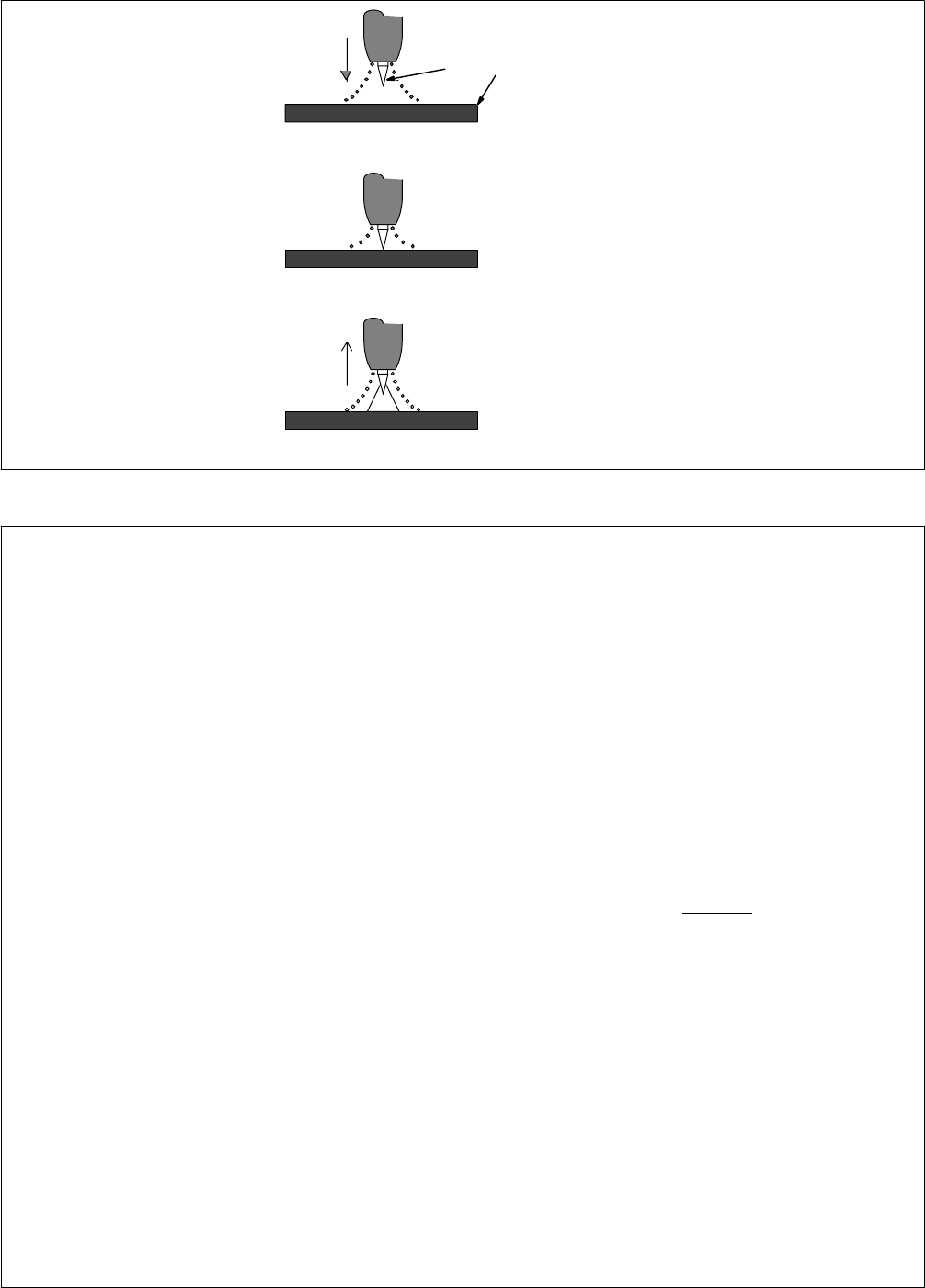
OM-492 Page 27
6-5. Lift-Arc TIG Procedure
With Mode Switch in the Lift-Arc
TIG position, start an arc as follows:
1 TIG Electrode
2 Workpiece
Touch tungsten electrode to work-
piece at weld start point, hold
electrode to workpiece for 1-2
seconds, and slowly lift electrode.
An arc will form when electrode is
lifted.
Normal open-circuit voltage is not
present before tungsten electrode
touches workpiece; only a low
sensing voltage is present between
electrode and workpiece. The
solid-state output contactor does
not energize until after electrode is
touching workpiece. This allows
electrode to touch workpiece with-
out overheating, sticking, or getting
contaminated.
1
1 − 2
Seconds
“Touch”
Do NOT Strike Like A Match!
2
Ref. S-156 279
6-6. Recommendations For Extreme Cold Weather Operation
. For more information on operating in cold
weather, contact the nearest Factory Au-
thorized Service Agent or Kubota Service
Center.
Fuel
D Use an arctic-grade diesel fuel and keep
fuel tank at least half full to prevent fuel
lines from draining back into tank.
D Do not use gasoline or kerosene.
D Do not use fuel additives.
Oil
D Use 10W30 oil when operating at ambient
temperatures above -4° F (−20° C).
D Use 5W30 oil when operating at ambient
temperatures above -13° F (−25° C).
D Operating at extremely low temperatures
thickens engine oil and reduces cranking
speed. Contact a Factory Authorized Ser-
vice Agent or Kubota Service Center for
information on using 0W20 oil in these
conditions. Low temperature oil must be
replaced as ambient operating tempera-
tures increase.
Coolant
D Be sure the cooling system is completely
filled with a 50/50 antifreeze/water mix
(open the radiator vent when filling). Do
not mix antifreeze and water solution in
the overflow tank. Use a premixed 50/50
antifreeze/water solution to “top off” over-
flow tank. Use caution if rerouting cooling
lines. Engine damage due to lack of
coolant or incorrect coolant mix is not
covered by the warranty.
D A 50/50 antifreeze/water mix protects en-
gine to -34°F (−37°C). If operating at even
lower temperatures, contact a Factory
Authorized Service Agent or Kubota Ser-
vice Center for coolant information.
Battery
D Replacement Battery Rating: 12 Volt, 535
CCA (minimum) 90 RSV Group 55.
D Check connections at battery, starter, and
engine block. Inspect battery cables for
abrasion and wear, and verify the battery
is secured.
D Consider installing easily-accessible bat-
tery booster leads (0 or 00 AWG) to pro-
vide easy connection to a service truck’s
battery.
D Boost the starting capability of the battery
by using a battery heater.
Starting
D Do not use ether.
D Use the engine block heater to maintain
engine temperature above ambient tem-
perature.
D Use the glow plugs for 20−30 seconds be-
fore starting. As a preseason check,
make sure the glow plugs are working
properly.
D Disconnect all unnecessary loads from
generator ac receptacles when starting.
Operating
D To reduce crankcase condensation and
breather tube freezing problems, allow
engine to reach normal operating temper-
ature as quickly as possible.
D Crankcase breather tubes will collect
condensation and freeze if the hose is im-
properly routed. The breather tube should
be free of sharp bends and kinks. A
blocked breather tube will cause exces-
sive crankcase pressure that will blow out
the safety plug, oil seals, or dipstick. Con-
tact a Factory Authorized Service Agent
to obtain a shorter breather hose that is
less likely to kink.
D Inspect the routing and condition of the
breather tube frequently. Reroute or re-
place the hose if necessary.
D For continuous use in extreme cold, block
the cooling holes in the base to reduce air
flow through the radiator and achieve
higher engine temperature. Close off the
base inlet vents only if the engine coolant
or oil temperatures can be monitored to
ensure they remain within the specified
limits.
D To obtain warmer air for combustion, turn
the air cleaner inlet away from the inlet
vents, and seal the inlet vents.
D If operating in cold weather all the time,
consider replacing the existing radiator
cooling fan with a smaller fan that draws
less air through the radiator. Operation in
warmer temperatures would require an
additional “booster” electric fan to ade-
quately cool the engine.



